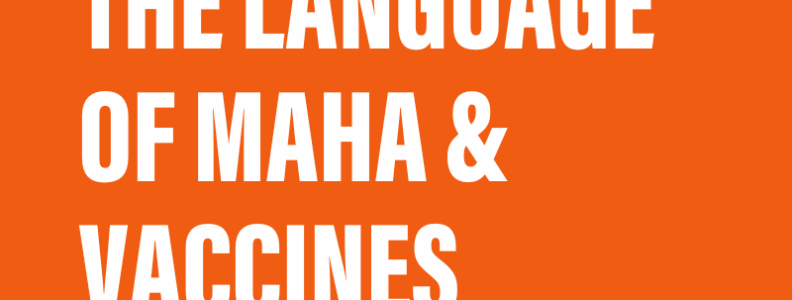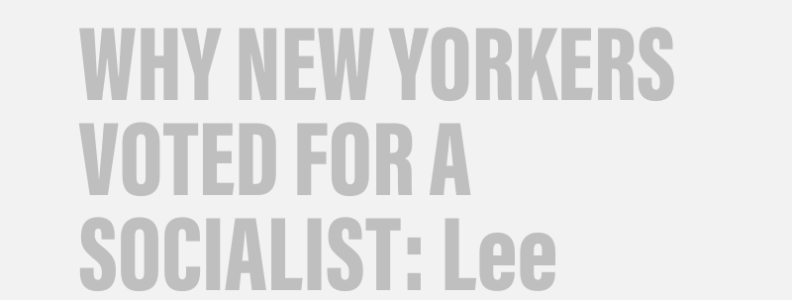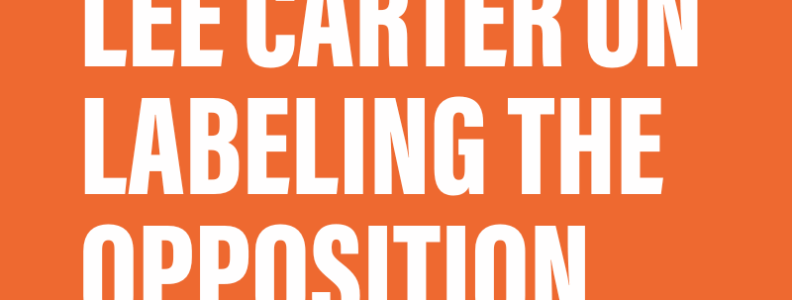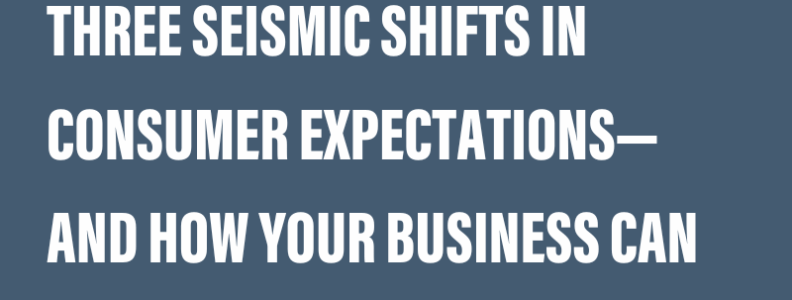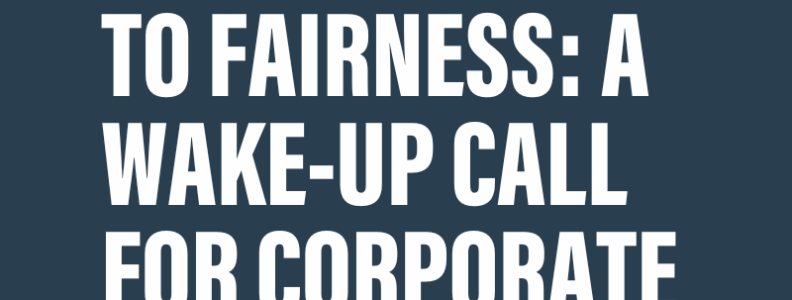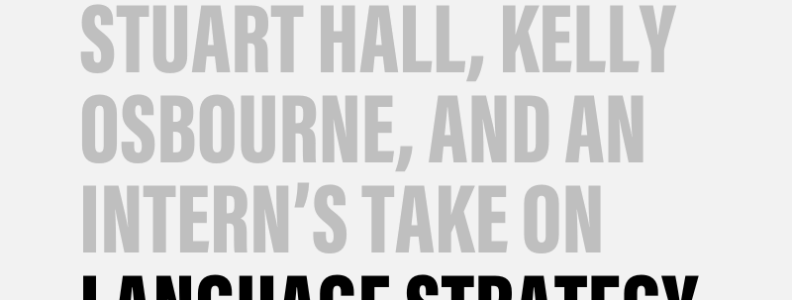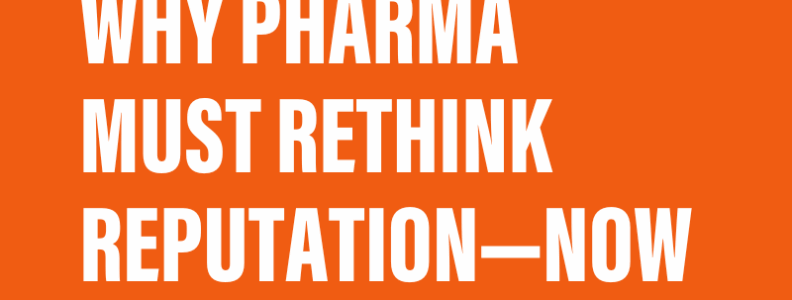Language shapes what we notice, remember, and act on. The words and phrases that break through—from the funny to the “cringey” to the profound—become true Language Moments. They jump out, capture our imagination, and change the way we talk and think about people, issues, and events.
In 2025, they spanned politics, business, tech, and culture. From the “Golden Age of America” and “MAHA” to “AI slop,” “job hugging,” and who can forget “Labubu”… our annual video compilation highlights the language moments that defined the year. It’s fast-paced, punchy, and packed with the year’s most memorable phrases!






